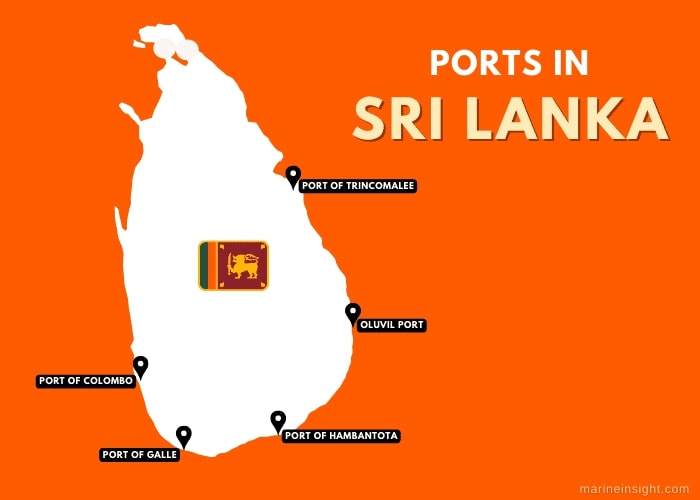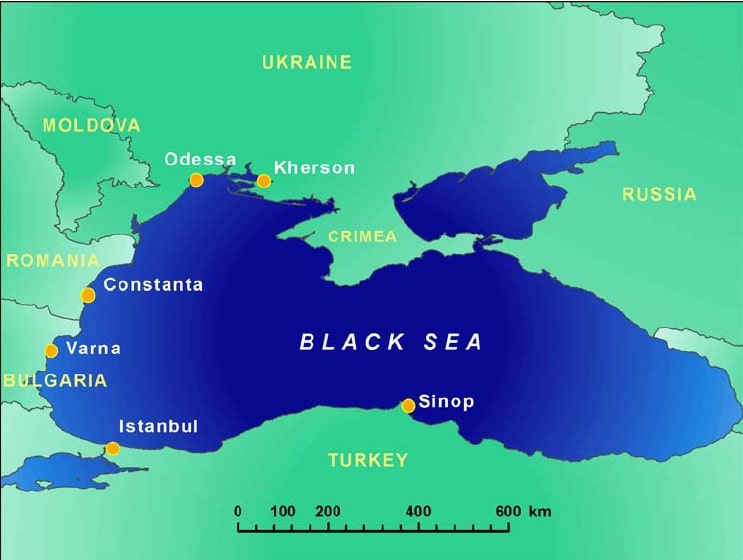India has raised its concern about the scheduled visit of a Chinese satellite vessel to the Hambantota port, Sri Lanka to the Sri Lankan President.

Reference
The first shipment of Ukrainian grain since the Russian invasion in February 2022 left the port of Odesa under a landmark deal to lift Moscow’s naval blockade in the Black Sea.
The milestone comes after the United Nations and Turkey signed agreements with Russia and Ukraine to re-open Ukraine's Black Sea ports and resume exports of grain, cooking oil and fertilizer.

Reference
The School Innovation Council was launched and has been introduced to all schools of all the states.
Reference
Researchers at the Council of Scientific & Industrial Research-Indian Institute of Petroleum (CSIR-IIP), Dehradun have identified white-rot fungus Trametes maxima IIPLC-32 to be capable of pyrene remediation.
Reference
Reference